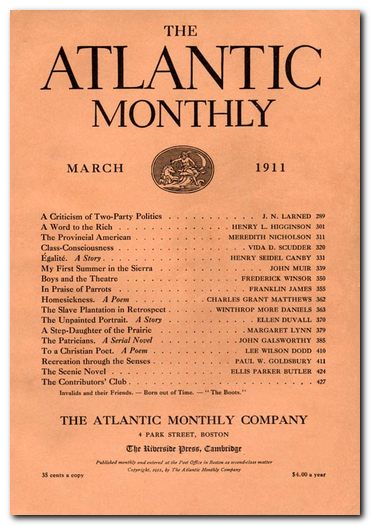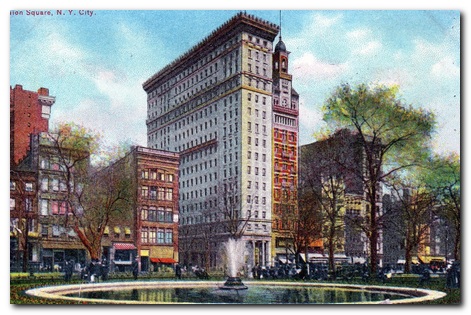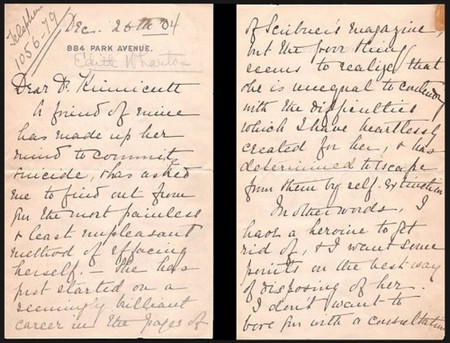tutorials in literary criticism and close critical analysis
What is close reading?
Close reading means not only reading and understanding the meanings of the individual printed words of a text: it also involves making yourself sensitive to all the nuances and connotations of a language as it is used by skilled writers.
This can mean anything from a work’s particular vocabulary, sentence construction, and imagery, to the themes that are being dealt with, the way in which the story is being told, and the view of the world that it offers. It involves almost everything from the smallest linguistic items to the largest issues of literary understanding and judgement.
- language
- meaning
- structure
- philosophy
Close reading can be seen as four separate levels of attention which we can bring to the text. Most normal people read without being aware of them, and employ all four simultaneously. The four levels or types of reading become progressively more complex. The most advanced forms of close reading combine all these features in an effort to reveal the full and even hidden meanings in a work.
A close reading exercise is not a guessing game or a treasure hunt: it is an attempt to understand the mechanisms by which a narrative is constructed and its meanings generated. However, a really successful close reading can only be made when you know the work as a whole.
The tutorials listed here offer a variety of approaches to close reading. Some focus attention on details of literary style; others concentrate on how the meaning(s) of a text are constructed. All of them pay close attention to the language being used.
Charles Dickens – Bleak House
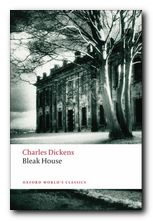 This tutorial looks at the famous opening passage of Bleak House and examines Dickens’s use of language, simile, and metaphor. It argues that whilst Dickens is often celebrated for the vividness of his descriptions, the true genius of his literary power is in imaginative invention.
This tutorial looks at the famous opening passage of Bleak House and examines Dickens’s use of language, simile, and metaphor. It argues that whilst Dickens is often celebrated for the vividness of his descriptions, the true genius of his literary power is in imaginative invention.
![]() Close reading – Bleak House.
Close reading – Bleak House.
If you wish to read the complete novel in conjunction with these tutorial notes, it is available free at Project Gutenberg.
![]() Bleak House (full text)
Bleak House (full text)
Joseph Conrad – An Outpost of Progress – I
 This is the first of two close reading tutorials on Conrad’s early tale An Outpost of Progress. This one looks at the opening of the story and examines the semantic values transmitted in Conrad’s presentation of the narrative. That is, how the meaning(s) of the story are embedded in even the smallest details of of the prose.
This is the first of two close reading tutorials on Conrad’s early tale An Outpost of Progress. This one looks at the opening of the story and examines the semantic values transmitted in Conrad’s presentation of the narrative. That is, how the meaning(s) of the story are embedded in even the smallest details of of the prose.
![]() Close reading – An Outpost of Progress
Close reading – An Outpost of Progress
If you wish to read the complete story in conjunction with these tutorial notes, it is available free at Project Gutenberg.
![]() An Outpost of Progress (full text)
An Outpost of Progress (full text)
Katherine Mansfield – The Voyage
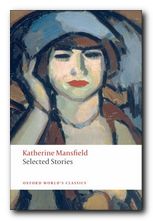 This tutorial looks at one of the opening paragraphs of Katherine Mansfield’s short story The Voyage. It covers the standard features of a writer’s prose style – in the use of vocabulary, syntax, rhythm, tone, narrative mode, and figures of speech; but then it singles out the crucial issue of point of view for special attention. Mansfield was one of the only writers to establish a first-rate world literary reputation on the production of short stories alone.
This tutorial looks at one of the opening paragraphs of Katherine Mansfield’s short story The Voyage. It covers the standard features of a writer’s prose style – in the use of vocabulary, syntax, rhythm, tone, narrative mode, and figures of speech; but then it singles out the crucial issue of point of view for special attention. Mansfield was one of the only writers to establish a first-rate world literary reputation on the production of short stories alone.
![]() Close reading – The Voyage
Close reading – The Voyage
If you wish to read the complete story in conjunction with these tutorial notes, it is available free at Project Gutenberg.
![]() The Voyage (full text)
The Voyage (full text)
Joseph Conrad – An Outpost of Progress – II
 This is the second of two close reading tutorials on Conrad’s early tale An Outpost of Progress. It looks at the details of Conrad’s style as a master of English prose (even though it was his third language). The tutorial looks at his ‘signature’ use of abstract language to intensify the moral seriousness, the satirical irony, and the emotional drama of his narratives.
This is the second of two close reading tutorials on Conrad’s early tale An Outpost of Progress. It looks at the details of Conrad’s style as a master of English prose (even though it was his third language). The tutorial looks at his ‘signature’ use of abstract language to intensify the moral seriousness, the satirical irony, and the emotional drama of his narratives.
![]() Close reading – An Outpost of Progress
Close reading – An Outpost of Progress
If you wish to read the complete story in conjunction with these tutorial notes, it is available free at Project Gutenberg.
![]() An Outpost of Progress (full text)
An Outpost of Progress (full text)
Virginia Woolf – Monday or Tuesday
 Virginia Woolf used the short story as an experimental platform on which to test out her innovations in language and fictional narrative. This tutorial offers a detailed reading of the whole of the experimental story Monday or Tuesday. It shows how its mixture of lyrical images, speculative thoughts, and fragments of story-line add up to more than the sum of its parts.
Virginia Woolf used the short story as an experimental platform on which to test out her innovations in language and fictional narrative. This tutorial offers a detailed reading of the whole of the experimental story Monday or Tuesday. It shows how its mixture of lyrical images, speculative thoughts, and fragments of story-line add up to more than the sum of its parts.
![]() Close reading – Monday or Tuesday
Close reading – Monday or Tuesday
If you wish to read the complete story in conjunction with these tutorial notes, it is available free at Project Gutenberg.
![]() Monday or Tuesday (full collection)
Monday or Tuesday (full collection)
D.H.Lawrence – Fanny and Annie
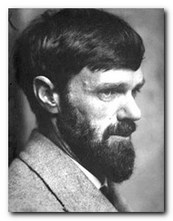 D.H.Lawrence was the first world-class writer to have emerged from the working class. His work was passionate, sensual, and controversial. This tutorial looks at the opening paragraphs of his short story Fanny and Annie published in 1922. It considers in particular his use of the rhetorical devices of repetition and alliteration to impart a poetic impressionism to his writing.
D.H.Lawrence was the first world-class writer to have emerged from the working class. His work was passionate, sensual, and controversial. This tutorial looks at the opening paragraphs of his short story Fanny and Annie published in 1922. It considers in particular his use of the rhetorical devices of repetition and alliteration to impart a poetic impressionism to his writing.
![]() Close reading – Fanny and Annie.
Close reading – Fanny and Annie.
If you wish to read the complete story in conjunction with these tutorial notes, it is available free at Project Gutenberg.
![]() Fanny and Annie (full text)
Fanny and Annie (full text)
© Roy Johnson 2014
More on literature
More on the novella
More on literary studies
More on short stories
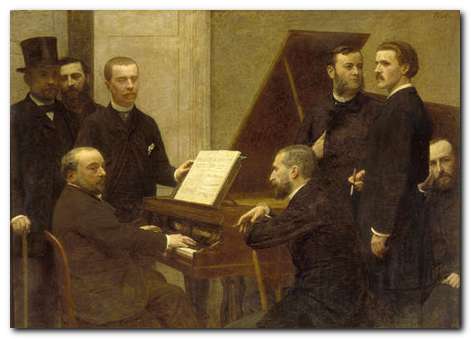

 Daisy Miller
Daisy Miller The Aspern Papers
The Aspern Papers

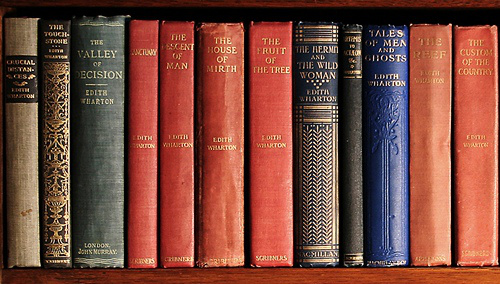
 The Custom of the Country
The Custom of the Country The House of Mirth
The House of Mirth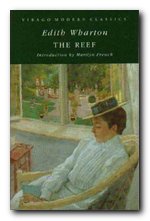 The Reef
The Reef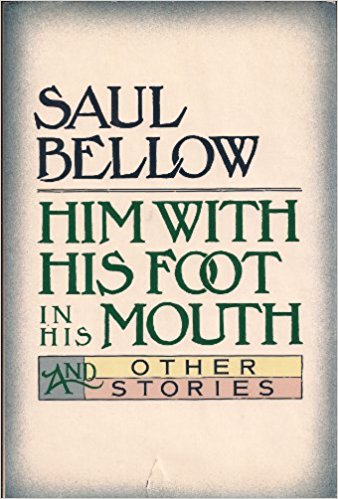
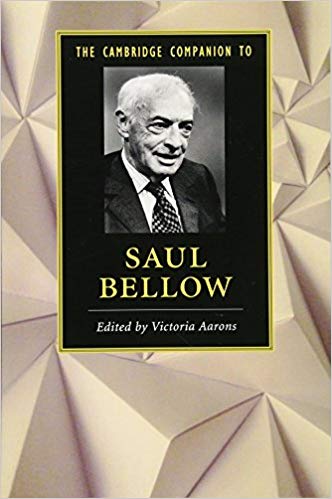

 The Bostonians (1886) is a novel about the early feminist movement. The heroine Verena Tarrant is an ‘inspirational speaker’ who is taken under the wing of Olive Chancellor, a man-hating suffragette and radical feminist. Trying to pull her in the opposite direction is Basil Ransom, a vigorous young man to whom Verena becomes more and more attracted. The dramatic contest to possess her is played out with some witty and often rather sardonic touches, and as usual James keeps the reader guessing about the outcome until the very last page.
The Bostonians (1886) is a novel about the early feminist movement. The heroine Verena Tarrant is an ‘inspirational speaker’ who is taken under the wing of Olive Chancellor, a man-hating suffragette and radical feminist. Trying to pull her in the opposite direction is Basil Ransom, a vigorous young man to whom Verena becomes more and more attracted. The dramatic contest to possess her is played out with some witty and often rather sardonic touches, and as usual James keeps the reader guessing about the outcome until the very last page. What Masie Knew (1897) A young girl is caught between parents who are in the middle of personal conflict, adultery, and divorce. Can she survive without becoming corrupted? It’s touch and go – and not made easier for the reader by the attentions of an older man who decides to ‘look after’ her. This comes from the beginning of James’s ‘Late Phase’, so be prepared for longer and longer sentences. In fact it’s said that whilst composing this novel, James switched from writing longhand to using dictation – and it shows if you look carefully enough – part way through the book.
What Masie Knew (1897) A young girl is caught between parents who are in the middle of personal conflict, adultery, and divorce. Can she survive without becoming corrupted? It’s touch and go – and not made easier for the reader by the attentions of an older man who decides to ‘look after’ her. This comes from the beginning of James’s ‘Late Phase’, so be prepared for longer and longer sentences. In fact it’s said that whilst composing this novel, James switched from writing longhand to using dictation – and it shows if you look carefully enough – part way through the book. The Ambassadors (1903) Lambert Strether is sent from America to Paris to recall Chadwick Newsome, a young man who is reported to be compromising himself by an entanglement with a wicked woman. However, Strether’s mission fails when he is seduced by the social pleasures of the European capital, and he takes Newsome’s side. So a second ambassador is dispatched in the form of the more determined Sarah Pocock. She delivers an ultimatum which is resisted by the two young men, but then an accident reveals unpleasant truths to Strether, who is faced by a test of loyalty between old Europe and the new USA. This edition presents the latest scholarship on James and includes an introduction, notes, selected criticism, a text summary and a chronology of James’s life and times.
The Ambassadors (1903) Lambert Strether is sent from America to Paris to recall Chadwick Newsome, a young man who is reported to be compromising himself by an entanglement with a wicked woman. However, Strether’s mission fails when he is seduced by the social pleasures of the European capital, and he takes Newsome’s side. So a second ambassador is dispatched in the form of the more determined Sarah Pocock. She delivers an ultimatum which is resisted by the two young men, but then an accident reveals unpleasant truths to Strether, who is faced by a test of loyalty between old Europe and the new USA. This edition presents the latest scholarship on James and includes an introduction, notes, selected criticism, a text summary and a chronology of James’s life and times.
 Washington Square
Washington Square The Spoils of Poynton
The Spoils of Poynton


 Studying Fiction
Studying Fiction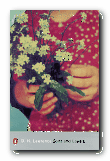 Sons and Lovers
Sons and Lovers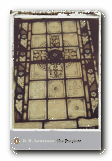 The Rainbow
The Rainbow